Philippe Pastor is an artist on a mission to educate, alarm and call to action. His subject: our planet and the perilous situation we find ourselves in at this moment of time.
Pastor’s latest works, installed to coincide with Climate Week in New York, are a clear indication of where he sees the state of play. The first enormous canvas, ominously titled La Fin Du Monde, seems to depict an apocalyptic clash of water, fire and ice. Heavy brush strokes are densely laid on with glue and pigment, giving a sense of the swirling waters enveloping us all. “I start the paintings with a story in my mind,” he said, speaking from his studio — a former seventeenth-century farm near Cadaqués. “With these pieces I analyze the color and the proportion of the colors, take the pigment, my natural glue and complete it within forty five minutes.” What follows, however, is the most important part: the paintings are brought outside the studio and left to the elements, sometimes for as long as twenty days, for the water to run, the pigment to be blown by the wind and the canvas to be baked by the sun. He adds, “The rain, the sun, the wind on the painting give a touch that no human being could dream of.”
Rose Bonbon are two pieces that seem to depict a desert of cratered earth, in deep vibrant pinks and heavy-set natural pigment, sourced from the Atlas Mountains of Morocco. The series Rose Bonbon are the last containing that extraordinary pigment. The Earth does not produce this color anymore because of the changing environment. “That is the most damning statement I can possibly make.”
When pressed on finding positivity within the subject, Pastor says, “to show the reality of the world is not negative, it’s actually positive. The negative would be to show nothing at all. If we don’t act with a strong resolution, we shall be at the end of humanity in this world.” Though the subject matter is serious, one cannot help but find an optimism in the full colors, rich pigments and the mission of the artist himself.
The exhibition was the first at the new Robilant + Voena space in New York’s Upper East Side. At its helm is gallery director Fred Bancroft, who explains the galleries direction: “It’s hard to distinguish yourselves in today’s art world, the program that we are presenting here is unusual and fresh. It’s great to mix it up.”
Michele di Robilant, a Peter Pan-like figure full of enthusiasm and passion, is another individual charged with bringing the gallery into a new era. “We are rare in that we operate such a hybrid gallery. It started as an Old Master gallery, then moved into modern and now also into contemporary. We want to represent very strictly contemporary artists, but then one of our fortes is in that sense of curating old and new, so it will be a healthy mix.”
The program at the gallery is a testament to this. Another contemporary exhibition follows this one, then the next will focus on a work by Vincenzo Cabianca alongside nineteenth-century French artists, influential to the Macchiaoli group. There will be another contemporary show in the spring.
Robilant + Voena is at 19 East 66th Street, New York.



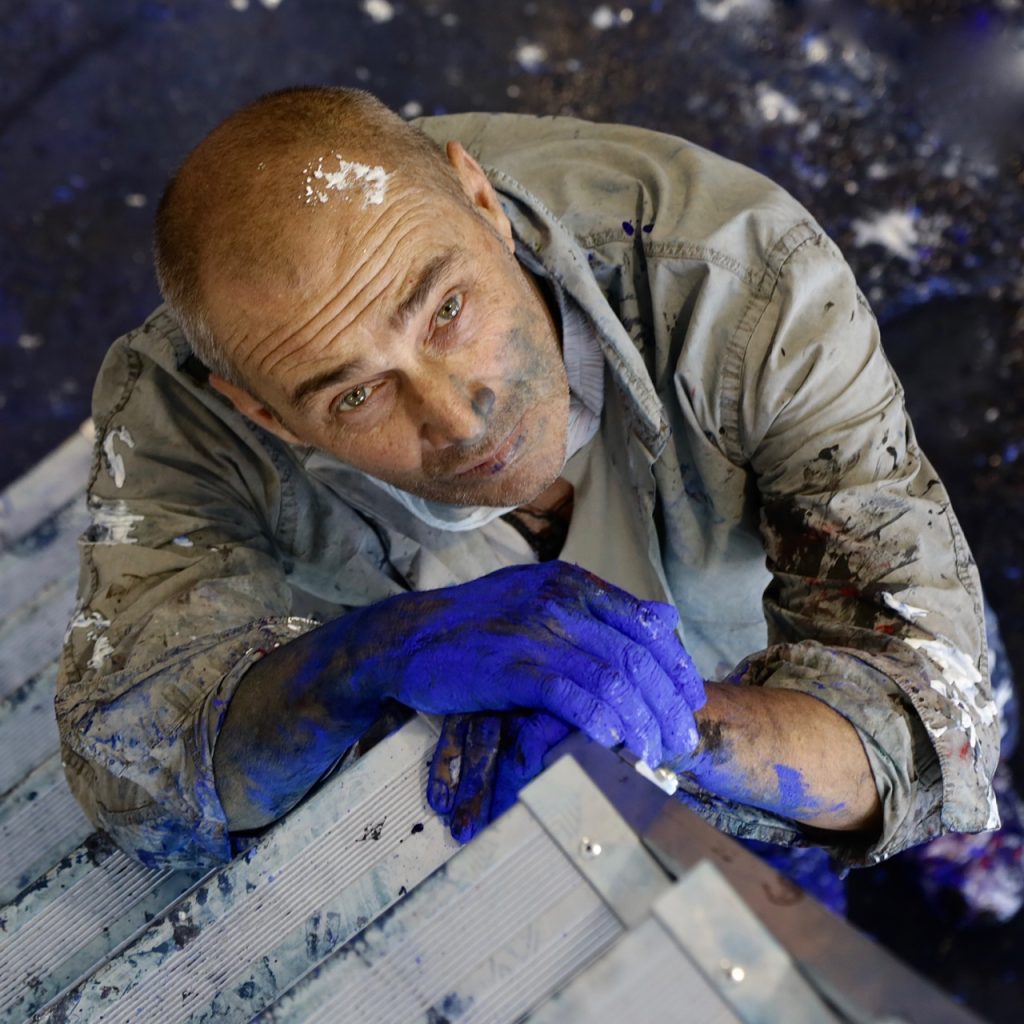






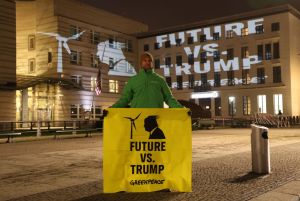
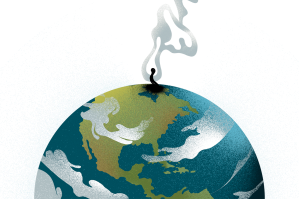
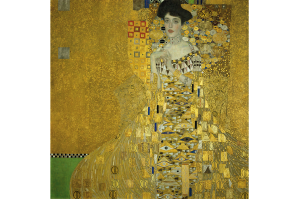
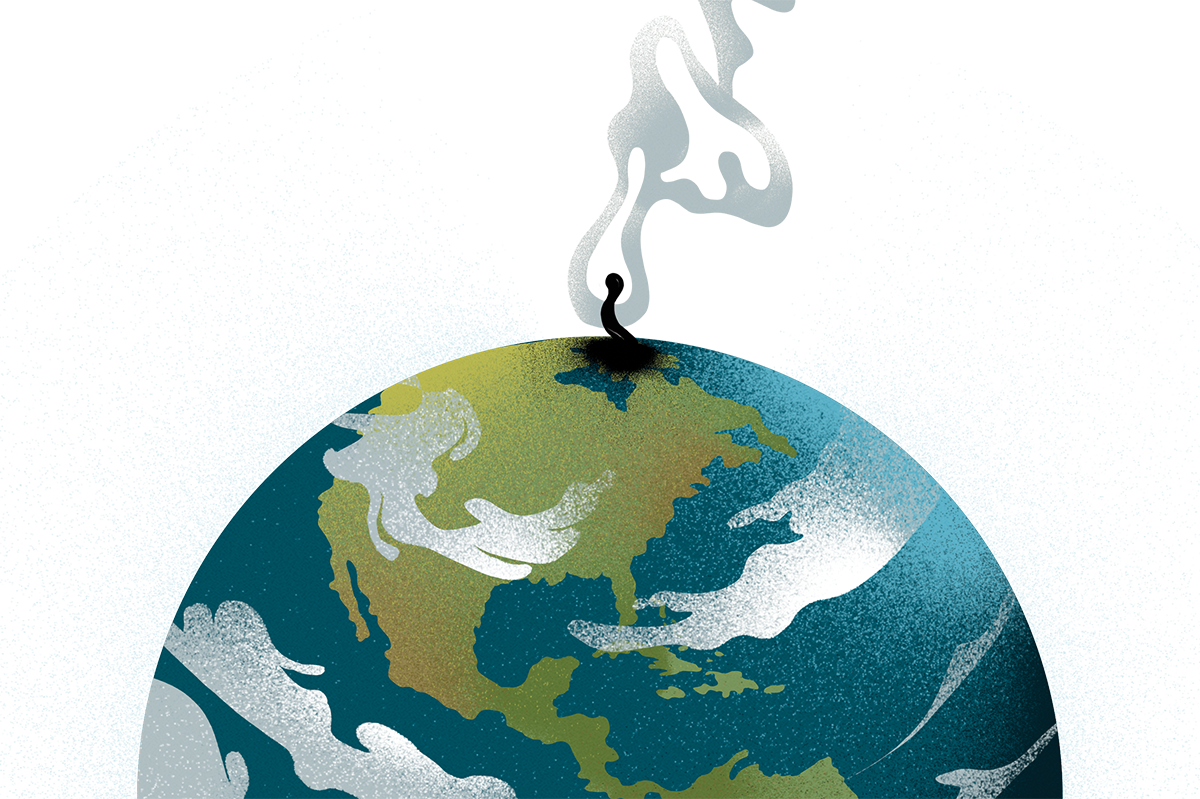
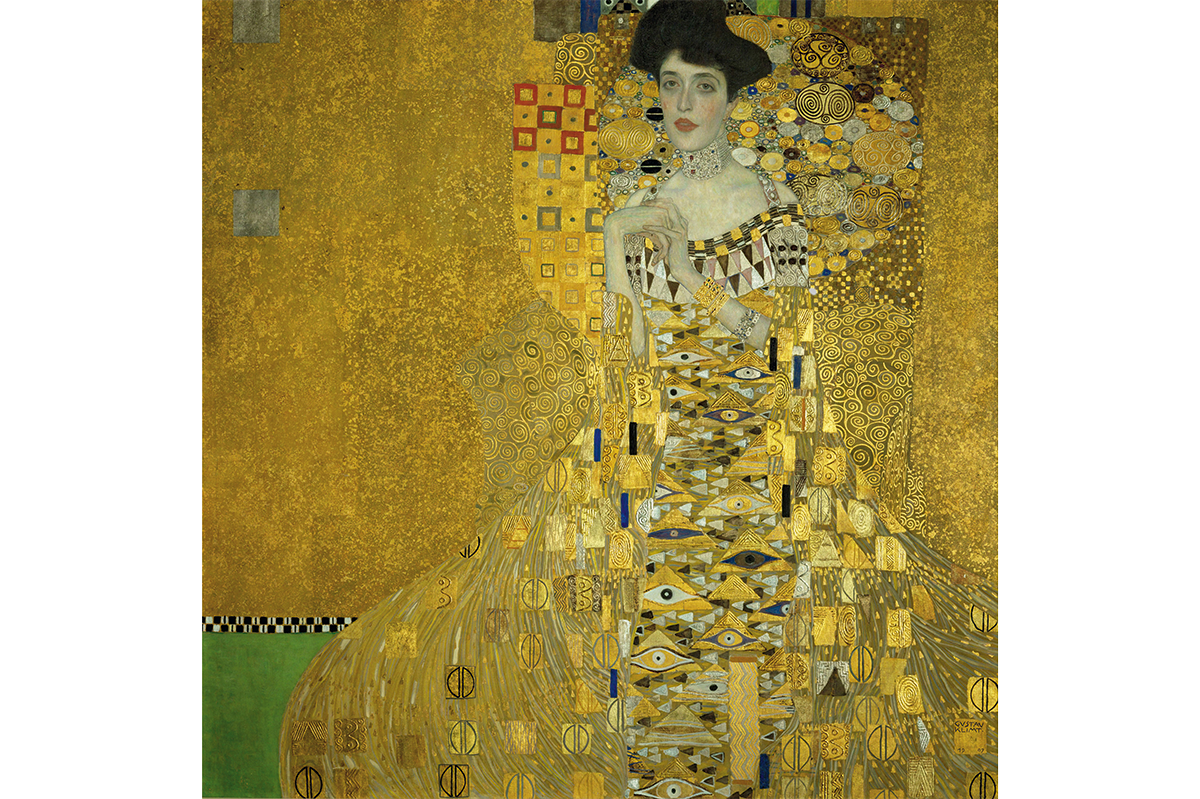
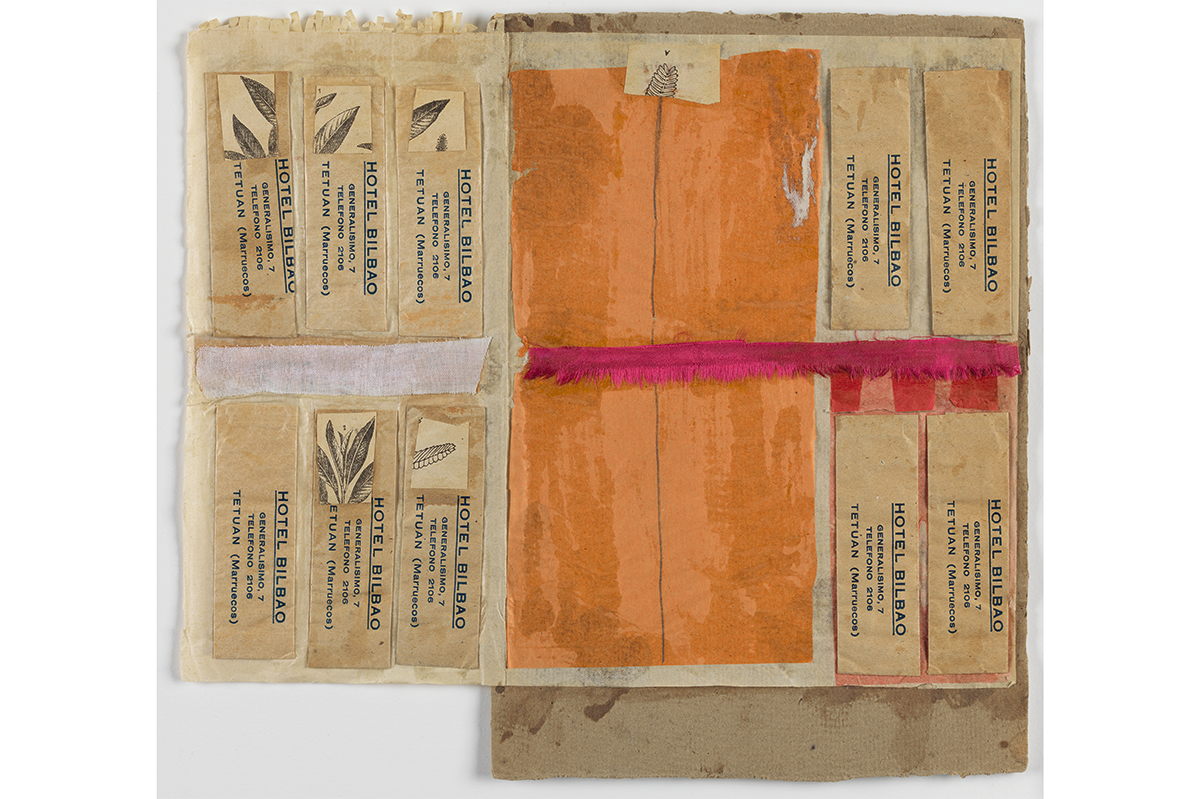
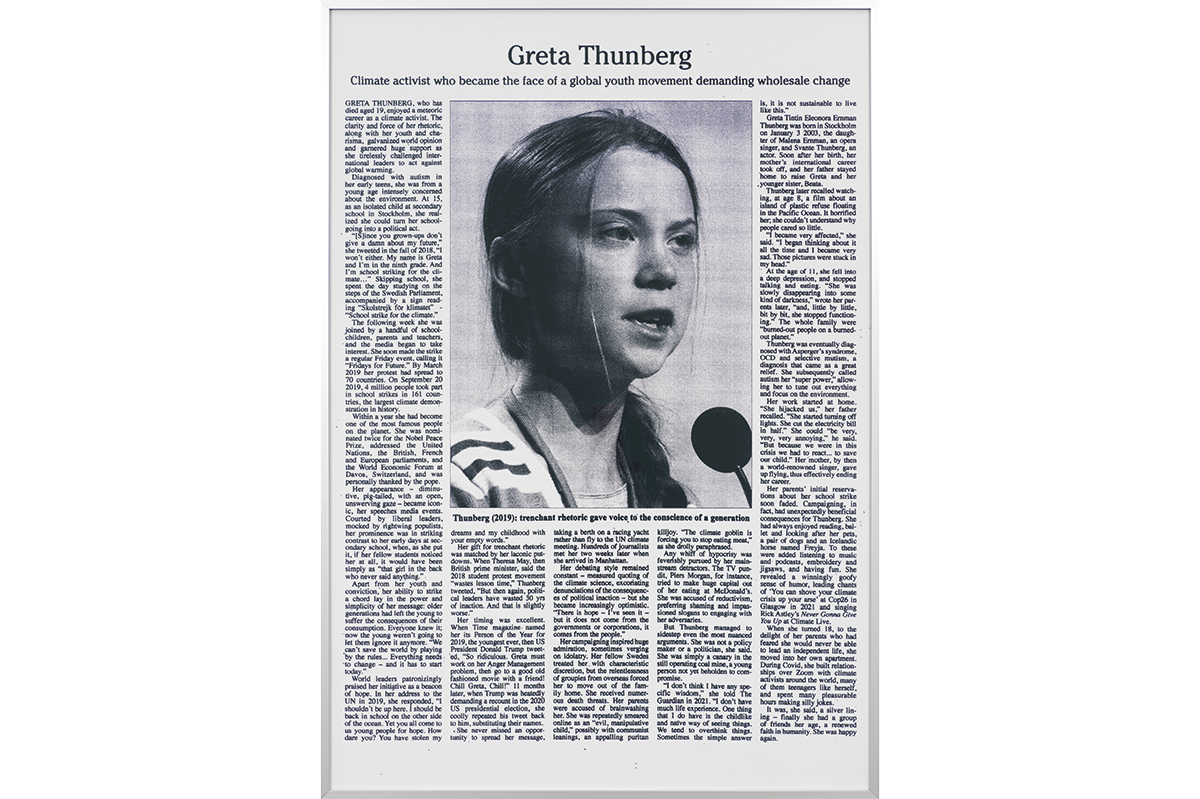
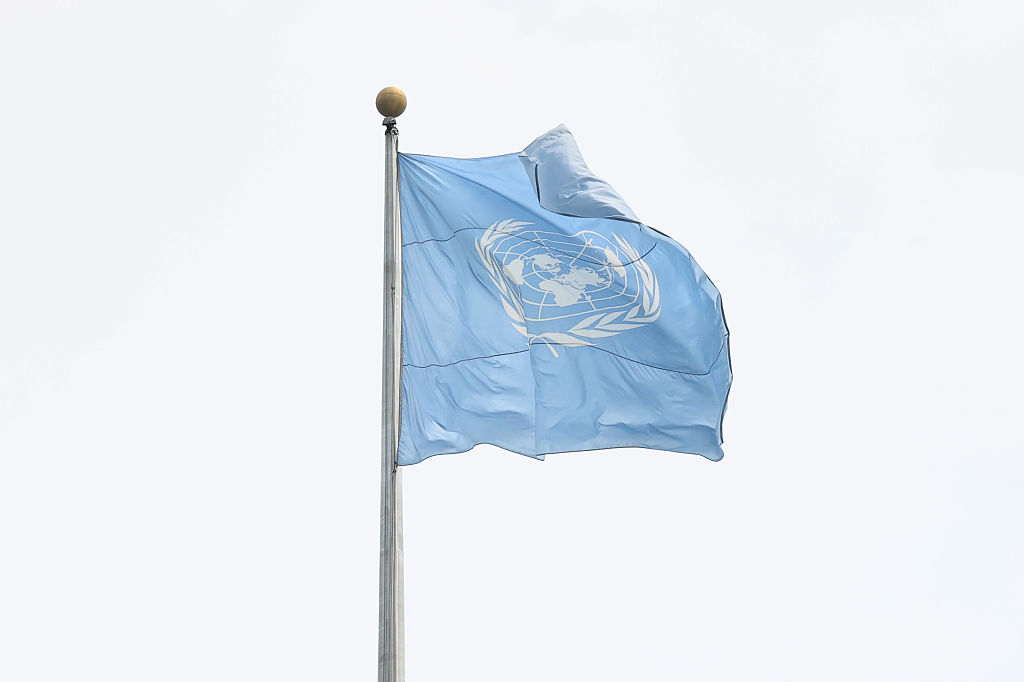
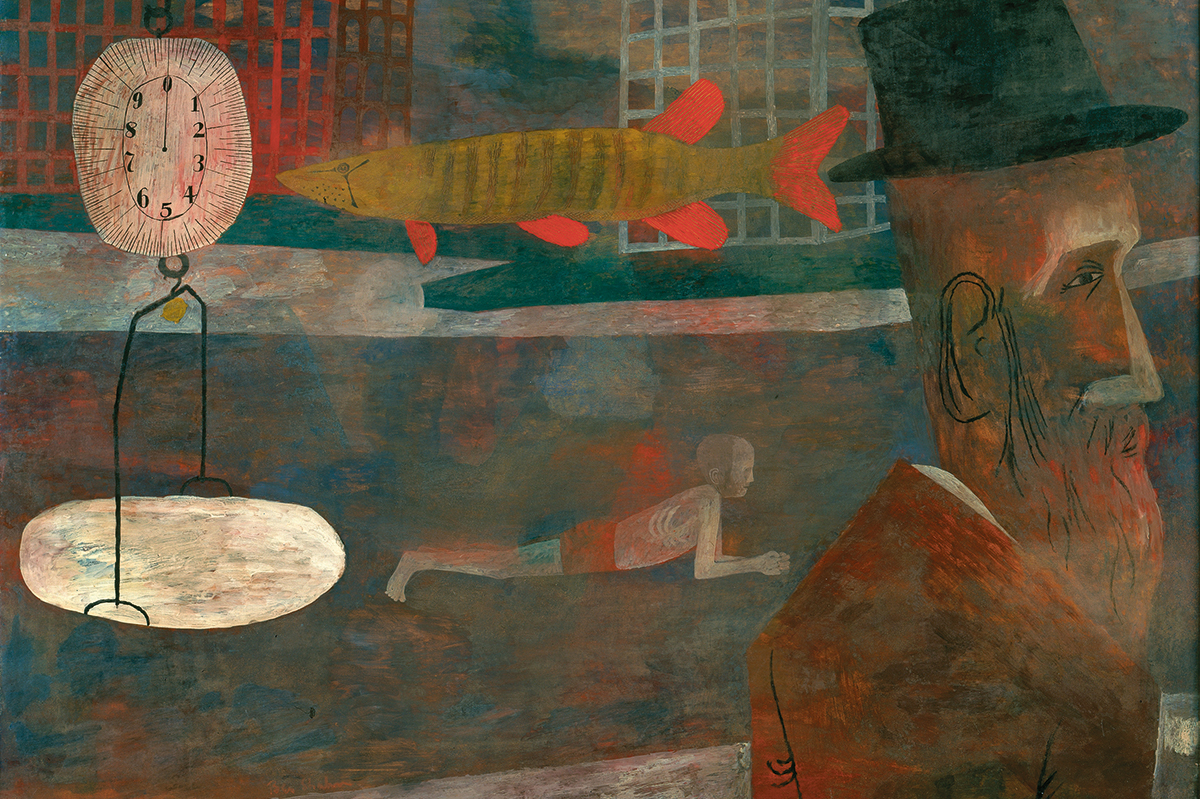







Leave a Reply